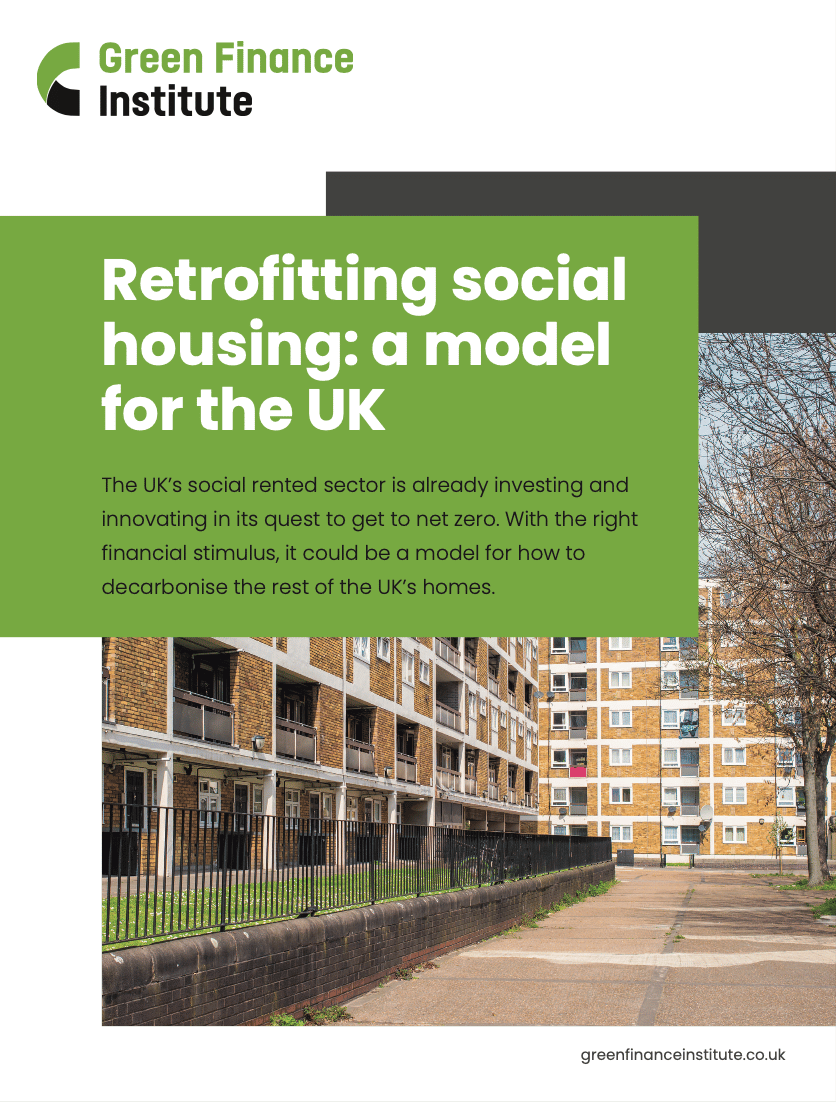The UK’s social rented sector is already investing and innovating in its quest to get to net zero. With the right financial stimulus, it could be a model for how to decarbonise the rest of the UK’s homes.

The energy performance of the UK’s social rented sector is significantly better than private housing, partly because of energy efficiency and fuel poverty regulations, and partly because social landlords (RSLs) are proactively tackling the energy efficient retrofit of their properties. The sector is already investing and driving innovation in this area. As a result, 64.3% of housing association homes already have an EPC rating of C or above, according to The National Housing Federation’s report, ‘Decarbonisation: a guide for housing associations’, compared to 35.6% of owner occupied homes.
Yet the full cost of getting social housing to net zero is still daunting. A recent report from Savills and the National Housing Federation (NHF) found that, to meet the UK government target of reaching net zero by 2050, housing associations alone will have to spend a further £36 billion to bring all their homes up to an EPC rating of C by 2030 and install the required clean heat technologies. Our new report examines the existing barriers to financing energy efficiency upgrades of social housing, and presents a range of solutions to enable increased investment.
To find out more about retrofitting social housing contact CEEB@gfi.green.